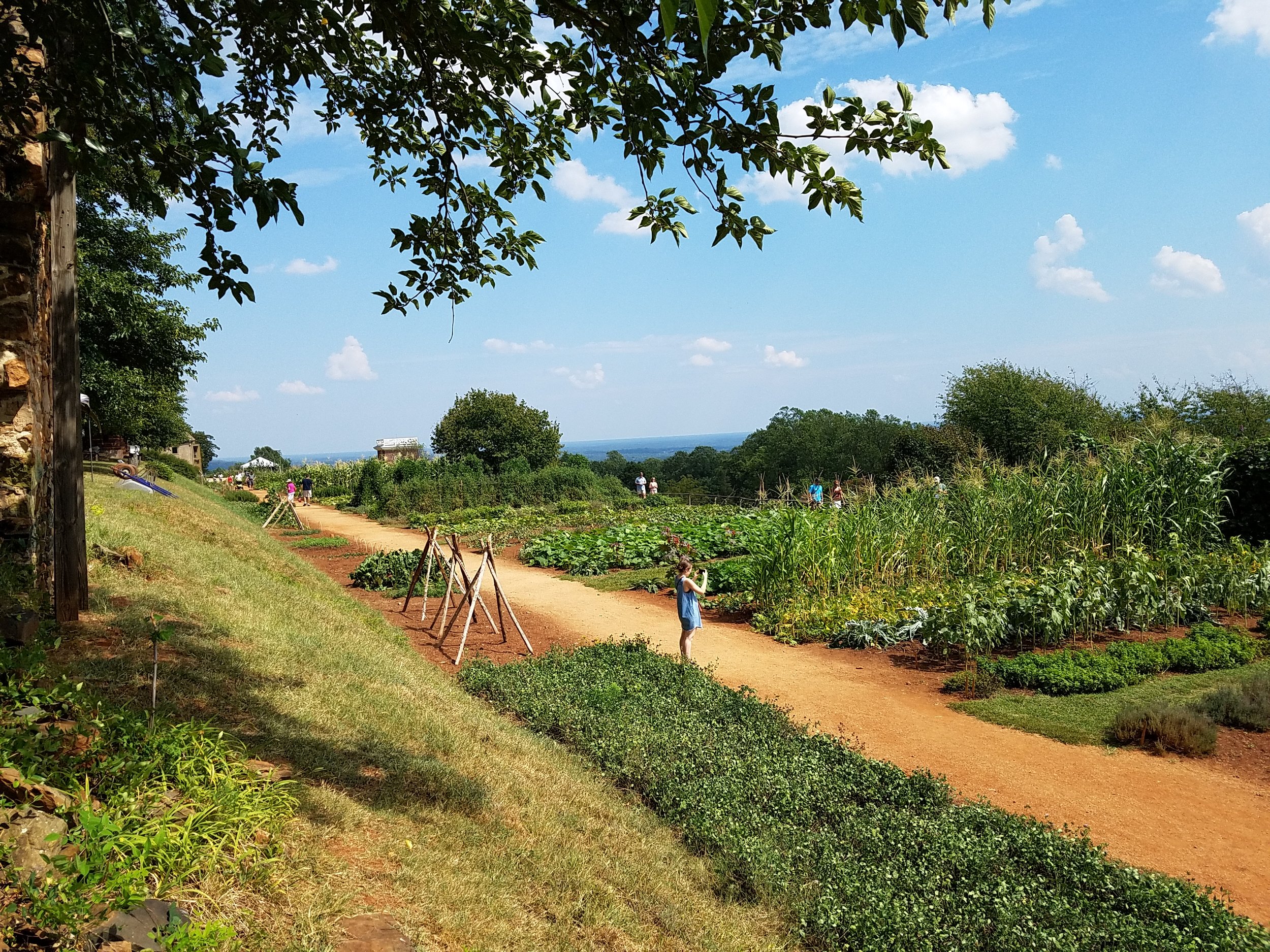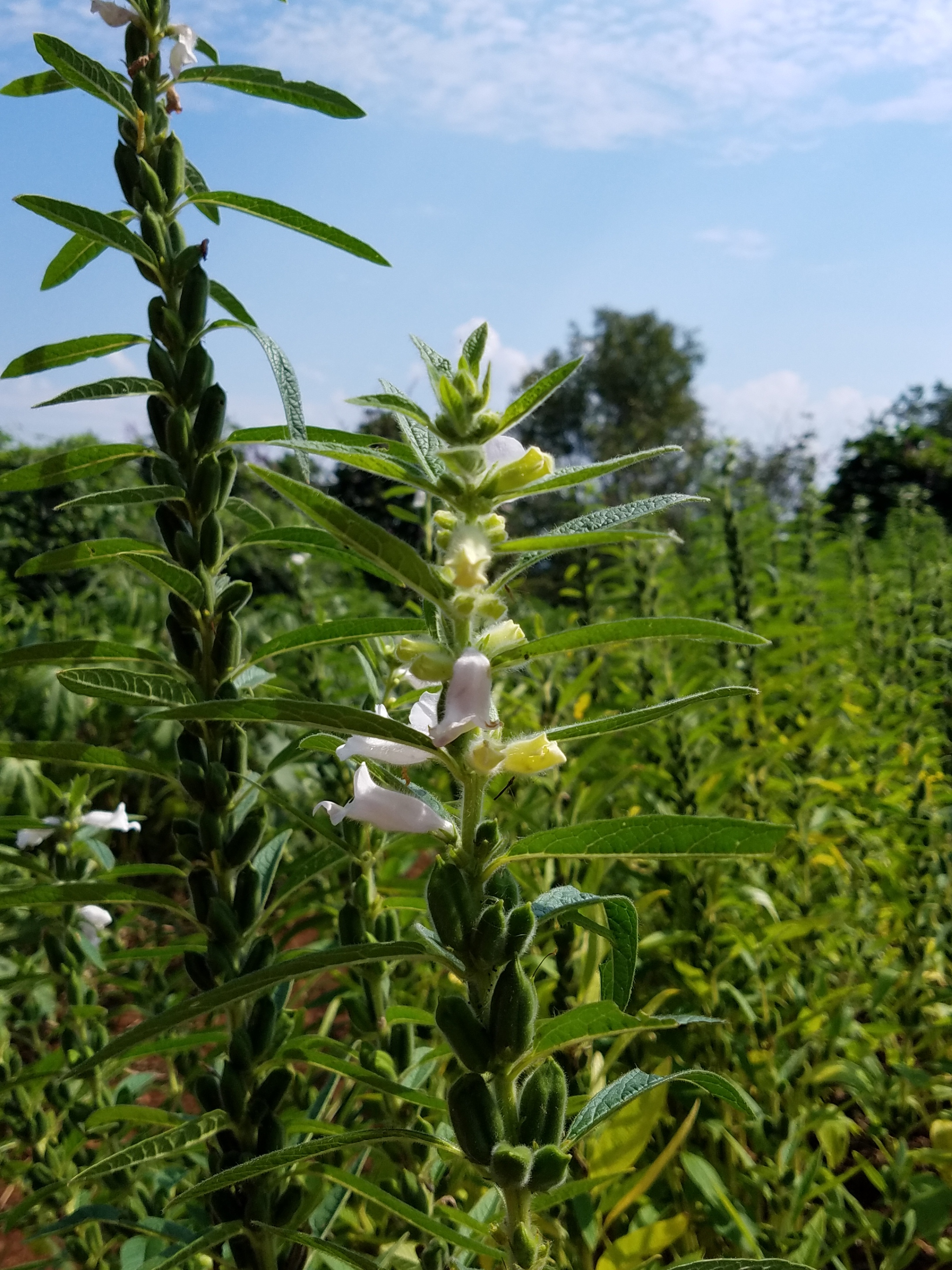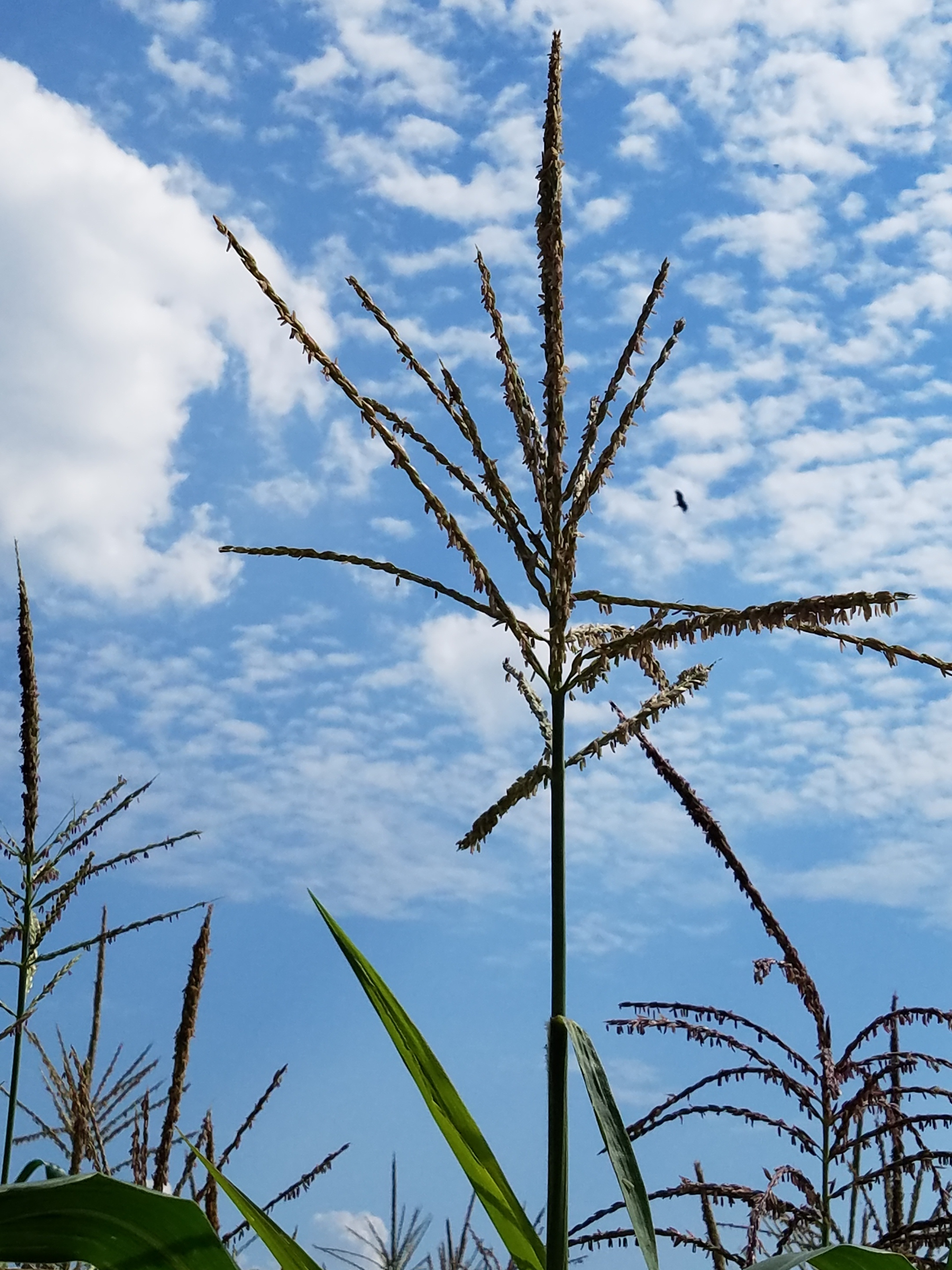Love is in the air.....I love the Heritage Harvest Festival at Monticello....and creating and trying out brand new talks. (of course, I love my wife, daughters, pets, and all sorts of other things - but let's focus!).
A garden friend asked me on Facebook to expound on my Saturday tomato workshop, but I didn't want to post "spoiler" information, and give it away prior to the show. Well, the show is over, and I wanted to carry through on my promise and share the essence of that talk. It won't be anything earth-shattering, and more than likely, many gardeners will do these things. Plus, there is a bit of trickery going on - underneath each of the 5 things are many components. (in truth, I added a 6th - and will share that as well).
1. Reflect on the season that has just come to an end. Sit with a pad and pen, look through your pictures and records. Think of your original objectives, and what you actually achieved. Think about what may have caused the differences between plans/expectations and reality.
2. Spend time planning for the season to come, using what you learned the prior year. Flip the page, take some time, and create a good garden plan. Incorporate changes based on your reflections in #1 above. Think varieties, timing, location, culture. Don't short change yourself on time spent on either of these first two steps.
3. Use high quality materials every step of the way. Be sure of your seed source, or seedling quality. Seed starting mix, planting mix for containers, and straw bales are just a short list of gardening "tools" that should be of the highest quality.
4. Preemptive - preventing or spotting issues very early on - works better than reacting to serious problems. Be aware of your sun exposure, drainage, and growing conditions just ahead. Space plants adequately. Mulch well to keep soil off of the lower foliage. Water at the base of the plant.
5. Spend time with - read - your plants, to get a sense of how they are doing and what they need. Walk the garden at least daily. Look for signs of trouble - spotted or discolored or wilted foliage, insect and other critter damage, toppling due to the weight of developing fruit.
and - the one I added at the end of my workshop...
6. Explore...try new things (methods, varieties, recipes) - have fun....and eat well as a result. Set a different theme for your garden (for tomatoes, they are infinite - colors, shapes, sizes, flavors, growth habit, stories - just to name a few). Try containers, or straw bales, a different staking or caging technique. Have fun - and realize that there are no guarantees - each season will be different, and there will always be more to learn, more to try, and more to anticipate with great eagerness.
As you can see, I've put but a few examples in each of the points above. You are limited only by your time, energy and imagination.










